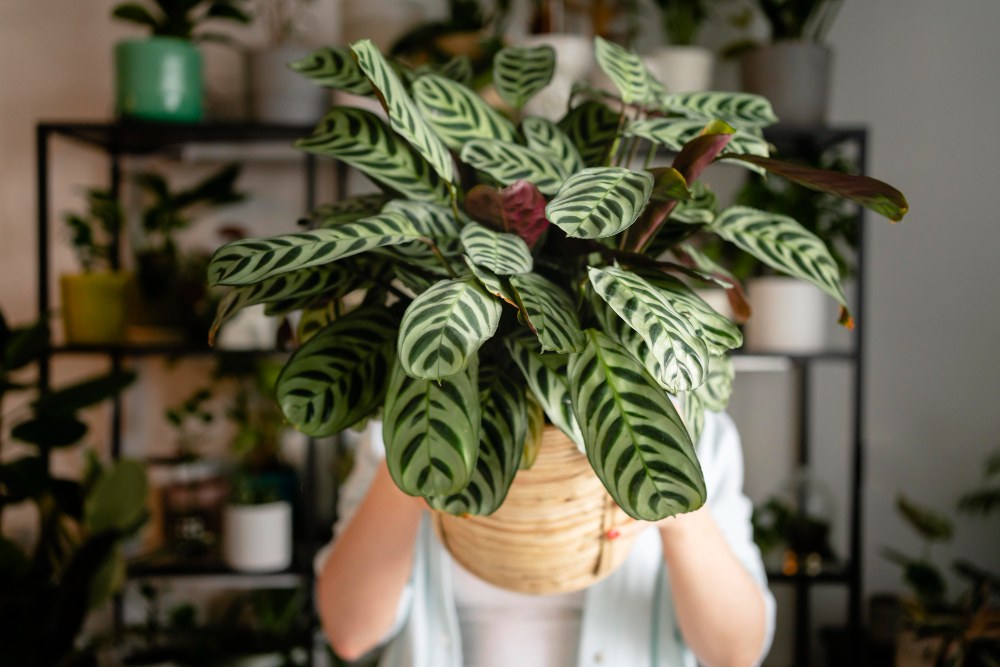
Decorating your new apartment is one of the most exciting parts of moving in. Whether you are moving into your first place or just looking to refresh your current home, adding greenery can instantly transform the space. But when it comes to choosing between natural and faux plants, which is better suited to your lifestyle and aesthetic? Let's explore the pros and cons of both options to help you make an informed decision.
1. Air Purification
One of the most notable benefits of having natural plants in your apartment is their ability to purify the air. Plants like the spider plant, snake plant, and peace lily are known to remove toxins and improve air quality, making your living space healthier.
2. Aesthetic Appeal
Natural plants bring a sense of life and freshness to any room. Their vibrant colors and organic shapes can enhance the aesthetic appeal of your apartment, making it feel more inviting and comfortable.
3. Mood Enhancement
Studies have shown that being around natural plants can reduce stress and improve mental well-being. The act of caring for plants can also provide a sense of accomplishment and relaxation.
1. Maintenance
Natural plants require regular care, including watering, pruning, and sometimes repotting. If you have a busy lifestyle or travel frequently, keeping up with plant maintenance can be challenging.
2. Pests
Plants can attract pests such as aphids, spider mites, and fungus gnats, which can be a nuisance and potentially harmful to your other houseplants or even your furniture.
3. Seasonal Changes
Some plants may not thrive year-round, particularly if your apartment does not have adequate natural light or if the indoor temperature fluctuates significantly.
1. Low Maintenance
Perhaps the most significant advantage of faux plants is that they require virtually no maintenance. There's no need to water, prune, or worry about sunlight, making them ideal for those with busy schedules or a lack of a green thumb.
2. Versatility
Faux plants can be placed anywhere in your apartment, regardless of lighting conditions. This allows for greater flexibility in decorating and ensures that your space stays green and vibrant all year long.
3. Longevity
While natural plants can wilt or die, faux plants maintain their appearance indefinitely. This longevity makes them a cost-effective option in the long run.
1. Lack of Air Purification
Unlike natural plants, faux plants do not offer the benefits of air purification. If improving air quality is a priority for you, faux plants will not meet this need.
2. Artificial Appearance
While high-quality faux plants can look quite realistic, they may still lack the organic feel and subtle imperfections of natural plants. Some people find that faux plants do not provide the same sense of satisfaction and connection as their living counterparts.
3. Environmental Impact
Faux plants are typically made from plastic or other synthetic materials, which can have a negative environmental impact. Additionally, they do not contribute to biodiversity or ecological balance in the same way that natural plants do.
Before deciding between natural and faux plants, consider your lifestyle and how much time you can realistically dedicate to plant care. If you travel frequently or have a demanding job, faux plants may be the more practical option.
You don't have to choose exclusively between natural and faux plants. Mixing both types can give you the best of both worlds—air purification and low maintenance. Place natural plants in areas with adequate light and easy access for watering, while using faux plants to fill in darker corners or high shelves.
For natural plants, select species that are well-suited to indoor living and can thrive in the specific conditions of your apartment. Some low-maintenance options include pothos, ZZ plants, and succulents.
For faux plants, invest in high-quality options that closely mimic the appearance of real plants. Look for plants with detailed textures and natural coloration to ensure they blend seamlessly with your decor.
If you opt for natural plants, establish a simple care routine to keep them healthy. Use reminders or apps to track watering schedules, and periodically check for signs of pests or disease. Regularly dust your faux plants to keep them looking fresh and clean.
Living in Gainesville, FL, offers a unique opportunity to connect with local gardening communities and resources. Check out local plant shops, gardening clubs, and online forums to share tips and get advice on plant care.
Whether you choose natural or faux plants, incorporating greenery into your apartment can significantly enhance your living space. Assess your lifestyle, explore the benefits and drawbacks of each option, and make a decision that best suits your needs.
If you're looking for apartments for rent in Gainesville, FL, consider contacting The Mayfair Apartments today to schedule a personal tour. Our beautiful, plant-friendly living spaces are designed to make you feel right at home.